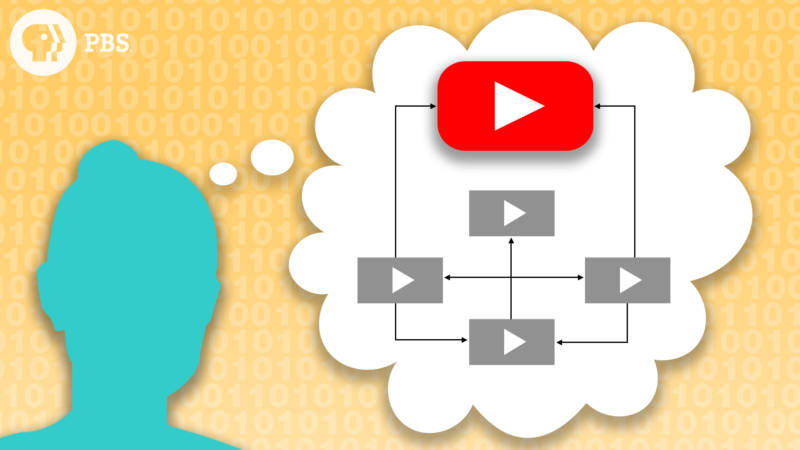When students take the tools of digital media production into their own hands, they learn how media messages are shaped and how to shape their own messages — and their futures.
These classroom and professional learning resources can be used year round to increase media literacy and civic engagement with your students.
1. Get Students Talking About National Issues
Share powerful commentaries from the Let’s Talk About Election 2020 youth media challenge. Middle and high school students from across the U.S. are learning digital media literacy and civic engagement by researching policies and issues that impact their lives and communities. Co-hosted by National Writing Project, PBS NewsHour Student Reporting Labs and KQED. Teachers: You can join the challenge and add your class here.
2. Help Students Identify Misinformation and Bias
You can help your students understand how to analyze and evaluate the media landscape they are awash in everyday with these videos from the award-winning series Above the Noise, hosted on the free student discussion platform KQED Learn.
- False Equivalence: Are There Some Issues That Don’t Merit a “Both Sides” Approach?
- How Much Can We Trust YouTube for Reliable Information?
- Confirmation Bias and Your Brain
3. Bring Digital Media and STEM Together — at Last
